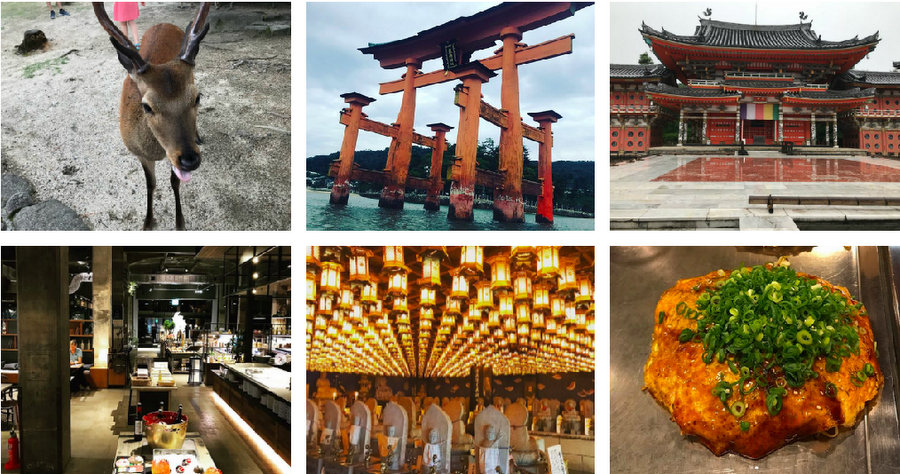
**Editor’s note: Your correspondent’s trip to the Hiroshima region was disrupted by heavy rains that later caused widespread flooding, loss of life, and extensive property damage all over Western Japan. Relief efforts are ongoing, so please consider donating to one of the verified aid groups listed at the bottom of this post.**
There’s no doubt that President Obama’s trip to Hiroshima in 2015 put the city on the map in a big way for American tourists. Whereas the bulk of Western tourists to the region previously came from Europe and Australia, local promoters now report an uptick in interest from US-based travel agencies. The city’s destination-worthiness stems largely from its status as primary witness to the dawn of the atomic age, and the city’s monuments to the first-ever use of a nuclear weapon on a civilian population—The Peace Memorial Park, Museum, and A-bomb Dome—are certainly worth taking in at least once. But there’s no need to stop there, for the surrounding area offers much else of interest to the adventurous traveler.
Miyajima
Just a short trip away from Hiroshima by train and ferry is Miyajima, home to one of Japan’s most iconic Shinto shrines and one of its oldest Buddhist temples, not to mention the famous Miyajima deer. These creatures make for an especially cute welcome party as you get off the ferry, but be careful—if you get too friendly, they’ll try to eat your lunch!
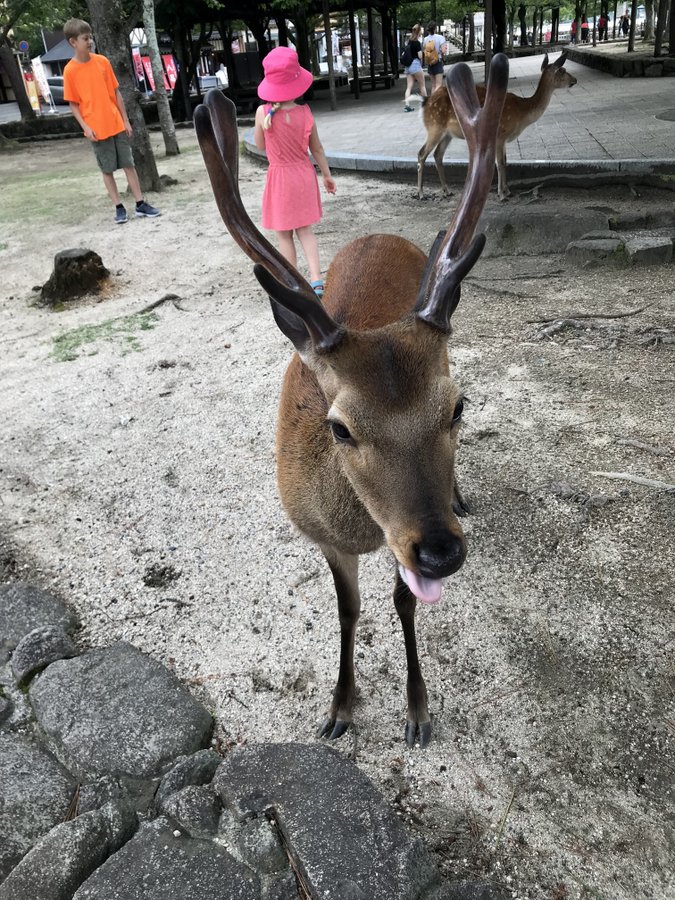
Itsukushima Shrine, dating back to the 6 th century and designated in 1996 as a UNESCO world heritage site, is testament to the spirit (reiki) that can be felt on the island. Located in a tidal zone of the Seto Inland Sea, it typifies the Japanese ethos of living in harmony with nature. Of course, that hasn’t kept it from being battered by the elements—it was destroyed and rebuilt several times, with the oldest current structures dating back to the 12 th century. Since then, continuous rebuilding and restoration efforts have kept it in good shape for waves of visitors from around the world.
The most iconic part of the shrine is, of course, the famous floating torii. While admiring from a distance is fine, those craving a closer encounter can rent kayaks and paddle out into the water, courtesy of the fine folks at Hart Adventure Center. If you display enough prowess with your paddles, you’ll have the opportunity to float directly underneath it!
Further inland from Itsukushima Shrine is Daishoin, a stunning Buddhist temple complex nestled in the mountains. According to popular legend, the temple originated with a visit to the area by Kukai, the founder of the Shingon school of Buddhism, in the year 806. More recently, it was visited by the Dalai Lama in 2006 to commemorate its 1200th anniversary.
Food offerings are plentiful on the island’s main shopping street, but the big draw here is anago-don (grilled conger eel over rice), a local specialty. If you’re feeling thirsty, stop in for a drink at the Miyajima Brewery, which offers an assortment of locally-brewed craft ales.
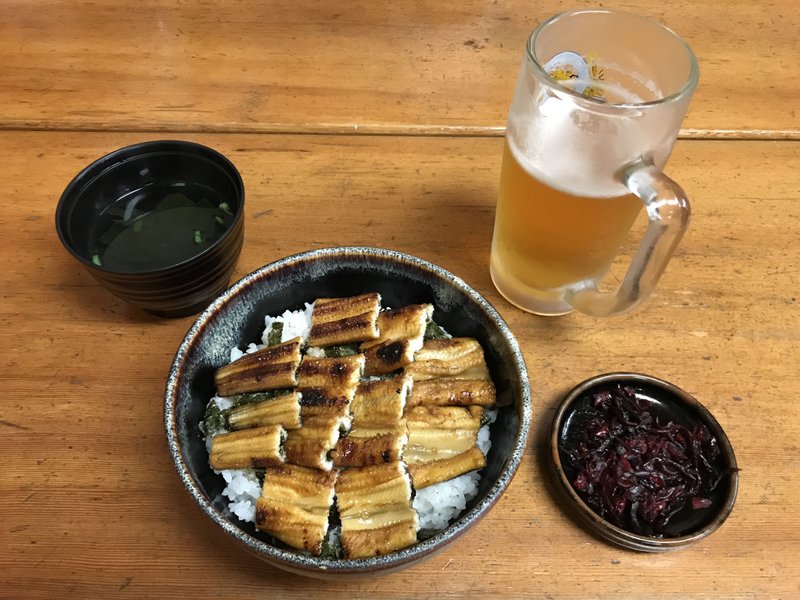
Onomichi
The charming seaside town of Onomichi is known among cycling enthusiasts as the starting point of the Shimanami Kaido bicycle trail, a 70-km route that connects Honshu with the town of Imabari, in Shikoku, while traversing several islands. The route is well-marked and completely set-off from the vehicle toll road, and the ramps leading up to bridges were intentionally built with gentle inclines. Rentals are easy to come by, including at the lovely Onomichi U2 wharf, where Hotel Cycle offers a full range of cycling services as well as comfortable rooms and delicious meals. It occupies a super-cool renovated warehouse space that could easily be found in Brooklyn.
A must-see along this route is the Kousanji temple complex, a Buddhist temple dedicated to the abiding love and affection of a mother for her child. It was built by Kozo Kousanji, an entrepreneur, industrialist, and inventor who was raised by a single mother. As she grew older, he built a house for her and after she died, he became a Buddhist monk and founded this temple complex in her honor. He saw this as a natural and appropriate way to express gratitude for his mother’s decades of unconditional love. To this day, her ashes are preserved inside the finial adorning the roof of the central pagoda.
The buildings comprising the temple complex intentionally mimic other Japanese landmarks, like the Nikko Tosho-gu and Byodo-in Temple in Kyoto (the one on the back of the 10-yen coin). Kousanji believed that local residents should be able to enjoy these architectural wonders without having to travel across the country.
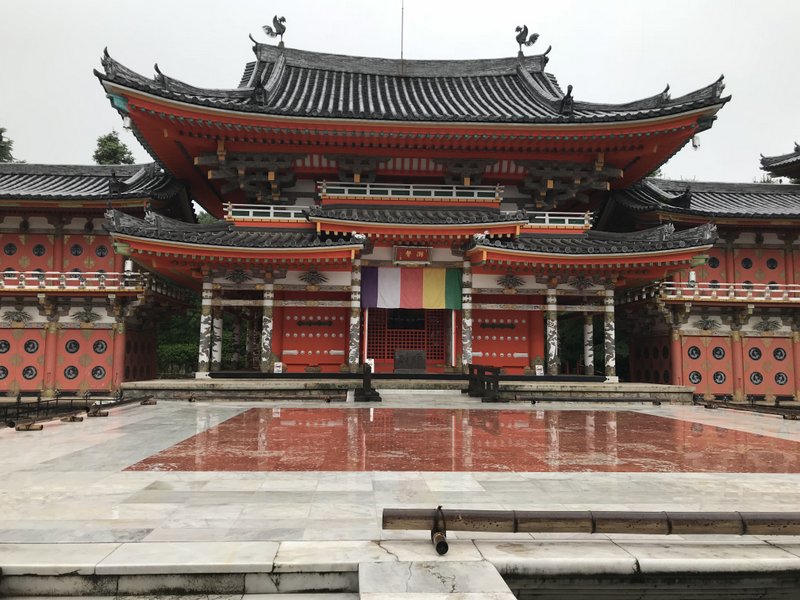
The Kousanji complex is also home to the Hill of Hope, sculptor Itto Kuetani’s otherworldly landscape constructed entirely of white marble imported from Carrara, Italy, where he has a workshop. Kuetani started the project with only the vaguest of blueprints, receiving each slab of marble (which had to be transported via container ship) and placing it according to how he thought its shape would best fit in to the surrounding landscape.
Kuetani, a Hiroshima native, who faced some criticism for using exclusively foreign materials, but he’s hopeful that the incongruity will fade over time as the marble blends in with the local scenery and natural elements. Compared with pictures taken when it was completed in the year 2000, some discoloration can already be seen in some of the marble.
Assistance to Flood Victims
Your correspondent’s visit to the Hiroshima area was unfortunately disrupted by torrential rains that caused widespread loss of life and property damage. Although the disaster has faded from news reports, clean-up and relief efforts are still ongoing so please consider donating to one of these verified charitable organizations:
- For those who read Japanese, the Japan NGO Center for International Cooperation, or
JANIC, has a continuously-updated page with links to groups that are assisting in flood-
related areas. - The US-Japan Council has set up the Japan Flood Friendship Fund, a network of non-
profit groups working with victims on the ground. - The humanitarian aid group Japan Platform has a page set up dedicated to flood relief
efforts, where you can donated and read detailed updates on assistance efforts.


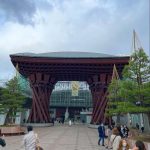
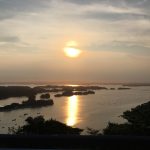
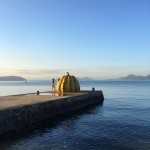
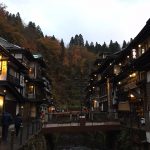


















July 31, 2018 at 6:56 pm
Food writer and guidebook contributor Eric Eto lives in Hiroshima and has a wonderful lode of Hiroshima area (and beyond) restaurant and food information on his Instagram account. I was lucky enough to have him as a guide a few years back. https://www.instagram.com/eetochow/